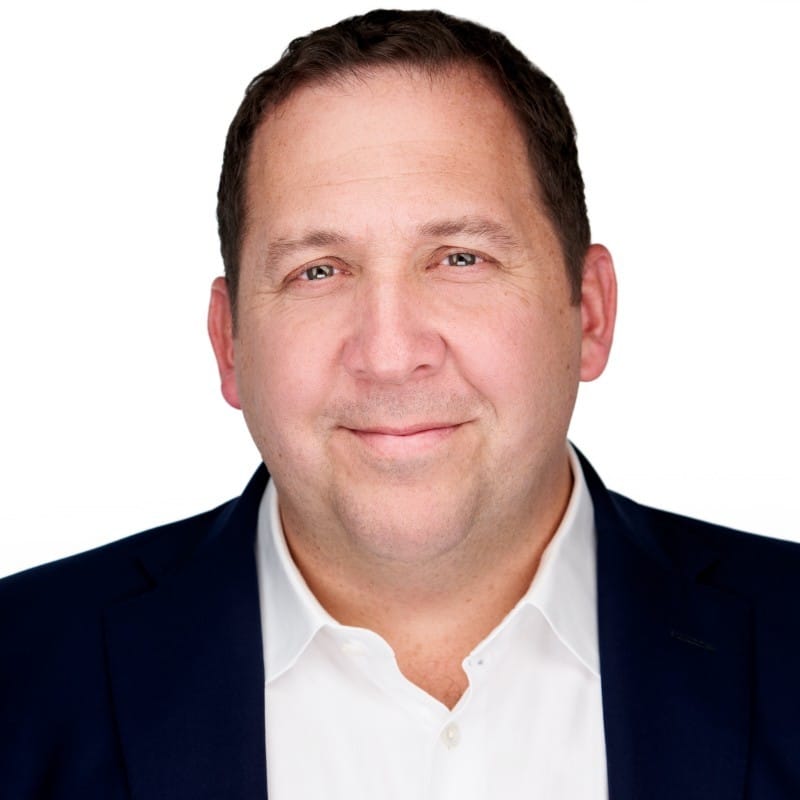
Steven Petersen is the Co-Founder of Stavtar, a leading fintech company that fully automates end-to-end business spend management for alternative investment managers. Stavtar’s flagship Office of the CFO platform, StavPay, is currently used by more than 100 alternative investment managers with over $2.3 Trillion of assets under management and growing quickly.
What is the company backstory?
My background is accounting, first at Arthur Andersen and then JP Morgan for eight years at a proprietary trading desk, basically an internal hedge fund. Then I joined TPG-Axon, and like most startups you begin with people and Excel, build processes around that, and then sit with the technology team to build software that automates all those processes. That’s where I met my partner, Avtar Batth. When launching the business, we combined our names to create Stavtar, which we thought sounded like a planet or a universe, and we wanted to build a universe of software for complex businesses to live in.
We and our colleagues built an incredible platform at TPG-Axon. I left in 2014 to become CFO of Hudson Bay Capital, which was then a $2 billion multi-strategy hedge fund. They had outsourced their infrastructure to their administrator for the first 8 years of their existence and wanted a CFO to come in and build out the internal infrastructure for a multi portfolio manager.
On the first day of the job, my boss told me he doesn’t have a single source to see what it takes to run the business across the enterprise. Existing systems were not purpose-built for alternatives. Our business was too complex to fit into any system. I pitched that we needed to build software that sat above all other technology and captured everything about vendors, contracts, and invoices, providing the ability to allocate expenses in unlimited ways and layers based on any attribute, whether it be NAV of a fund, committed capital, number of transactions done, positions, head count, time spent, or cost of a deal. After that it would do the math for you, go through workflows throughout the organization for approval, and then integrate downstream across all relevant third parties – general ledgers, banks, wire platforms, fund administrators, and soft dollar providers. It will institutionalize our process immediately, digitize our data, allow us to slice and dice every dollar we spend in multiple ways and layers across our business, giving us robust and dynamic real time reporting from the highest to the lowest level of detail in seconds.
When I shared the idea with my boss, his eyes lit up, but he wasn’t happy about the budget required to execute. That proved a blessing in disguise because it prompted me to call many of my CFO friends to ask about their processes. I heard about lots of manual workflows. I called Avtar and said, “let’s get the band back together,” because I have a great product idea that the industry needs. I also went back to my boss and asked for an outside business interest approval, which he agreed to. The plan was Avtar and I would fund it, build the product and recoup our costs by selling it to other funds.
That’s how the StavPay platform was born. We developed the product in 2018 and launched on January 1, 2019, with three funds, including mine. We continued to develop the product over the next few years. Across the roadmap we laid out, we added about 10 clients through word of mouth.
What have milestones been in recent years?
In 2022 the world was starting to come back from the pandemic. I left Hudson Bay and have been full time at Stavtar since May 1, 2022. We have grown over 1200% since then, amassing over 100 clients with $2.3 trillion of AUM. Our clients are hedge funds, private equity firms and family offices, distributed about 25% each with AUM over $1 billion to $5 billion, $5 billion to $10 billion, $10 billion to $20 billion, and more than $20 billion.
Our platform is relevant to anyone that pays bills and allocates expenses, which is truly every corporation in the world. But we have decided for now to focus purely on the alternative asset management space because we grew up in it, we’ve been in their seat, and we understand the pain points. We know the value of having all data in one place and all integrations downstream. And now we have added solutions such as automating accruals, budgets, reimbursements between entities, electronic tax filing, as well as a payment center for fund managers to easily pay bills directly within StavPay.
The front office of the alternative investment management business has gotten a lot of attention from fintech companies over the years. The back office has not. This is where we’re making huge inroads by automating exceedingly manual processes, but more than that, providing insights into the business like never before.
Do your customers typically come from other providers, or were they doing it in-house?
It’s a mix. Some people use a third-party system in smaller ways, doing the work in Excel and then putting it into a system with some semblance of workflow and integration. However, our product is unique and doesn’t have much competition in terms of the ability to customize and design specifically for your organization while handling the complexity of your allocations. It’s a digital worker that does all the work, saving you a ton of time, and doing it better.
What aspects of the industry are relevant for Stavtar?
Hedge funds and private equity firms are well-versed in using technology to be more efficient. They’re always looking for ways to source data better and work in a more streamlined way.
Also, allocation of expenses across funds is important and extensively scrutinized. It’s a major topic in every investor due diligence meeting or when the SEC comes in. Getting away from manual processes is a huge benefit because with the right system you can get more granular and do things in a logical and explainable way, which satisfies both the SEC and investors.
What is the size/specs of the company?
We have offices in New York, Dallas, London, Mumbai and Bengaluru, with about 120 employees plus about 20 consultants. We have business development, client service and implementation teams in New York. Our Dallas location is currently smaller with about 10 people, but we’re building a 7,000 square foot office that will be ready this summer, with product management, developers and implementation teams. Our London office is growing and today it serves 10 UK-based clients. In India we have over 60 developers, plus 25 people in business process operations, which really becomes an extension of the client’s accounting team, ensuring they don’t need to become an expert in StavPay, but rather turns their process into “Approve” or “Reject”.
What is your longer-term vision for Stavtar?
We like to think of ourselves as the “Amazon of Alternative Asset Management,” meaning procurement to payments and everything in between. We understand everything our clients are doing. We understand their vendors, their contracts, their invoices, and their data. We are the one stop that manages all of that.
Also, since StavPay has hooks into all their systems, we are seeing managers begin to use us to also automate other manual areas of their workflow like deal closings, allocating and booking sec lending charges and invoicing downstream to their portfolio companies.
We currently want to stay focused on alternatives. There will be a time when we’ll likely do other verticals, but right now that would be a distraction. We have 7,500 funds to target, and that is plenty of work for the time being.







